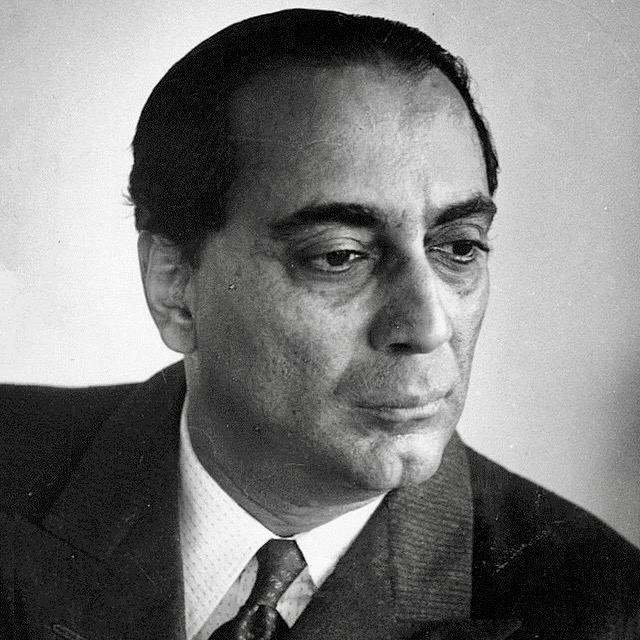Homi Bhabha

Homi Jehangir Bhabha was born on 30 October 1909 into a wealthy Parsi family in Bombay. His family was related to the famous Tatas. Bhabha went to England to study engineering at Cambridge, but soon realized his true passion was in nuclear physics. In 1935, he earned a Ph.D. in physics, focusing on cosmic rays, under the guidance of R. H. Fowler. Bhabha gained international recognition when he discovered the electron-positron scattering process, now called Bhabha scattering.
In 1939, he returned to India and took up a position at the Indian Institute of Science (IISc) in Bangalore, working under Sir C. V. Raman. With a grant from the Sir Dorab Tata Trust, Bhabha set up the Cosmic Ray Research Unit at IISc. He later played a key role in establishing the Tata Institute of Fundamental Research (TIFR) in Mumbai with the help of J. R. D. Tata, in the very house where Bhabha was born.
After India’s independence, Bhabha worked closely with Prime Minister Jawaharlal Nehru to develop the country’s nuclear energy program. He founded the Atomic Energy Establishment at Trombay, which was later renamed the Bhabha Atomic Research Centre (BARC) in his honor. Bhabha was also a key figure in advancing electronics in India. In addition to being a brilliant scientist, Bhabha was a talented artist, and many of his paintings can still be seen at TIFR and BARC. Throughout his life, Bhabha received numerous awards, including the Padma Bhushan in 1954.
Trivia : Homi Bhabha is known as the Father of Nuclear Energy in India.
References:
- Bright Sparks - Indian Scientists by Arvind Gupta
- Homi Jehangir Bhabha - Vigyan Prasar
- Homi Jehangir Bhabha - Nuclear Weapon Archive